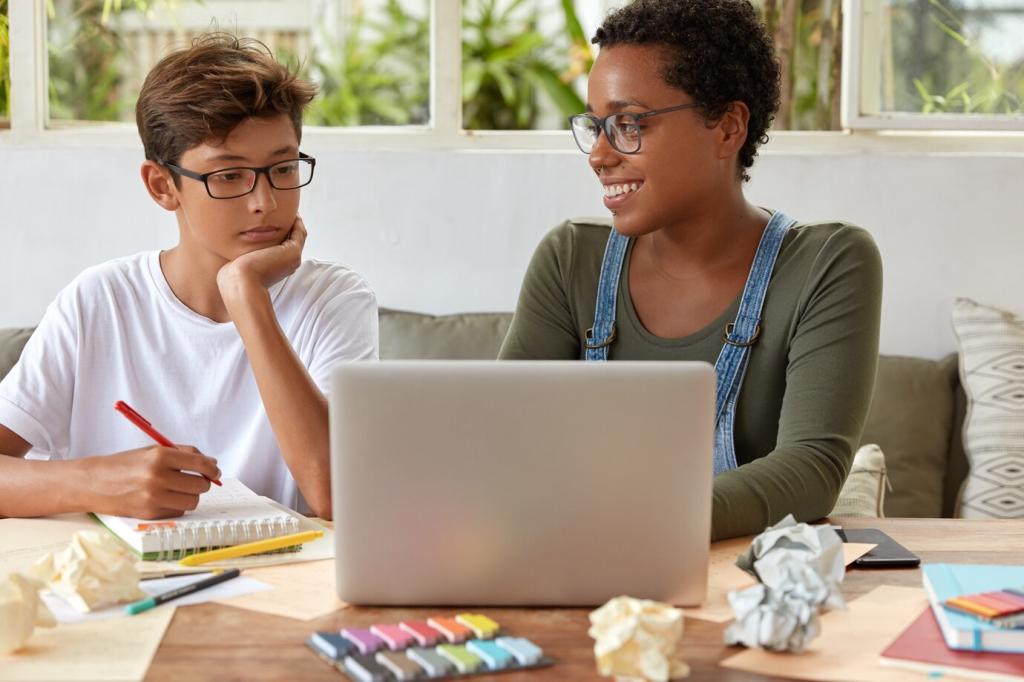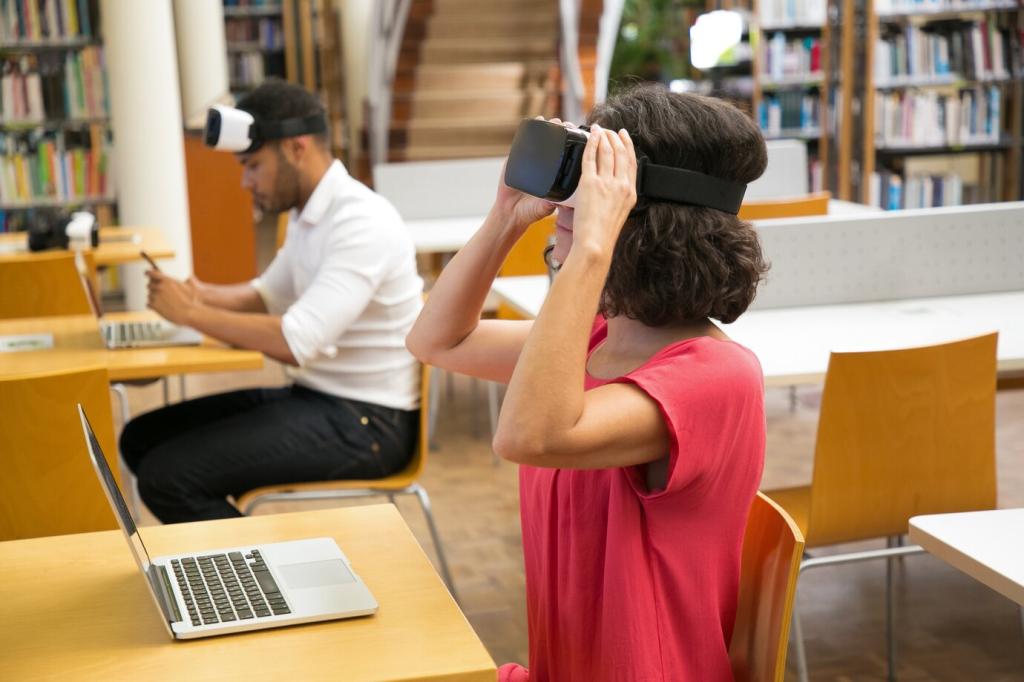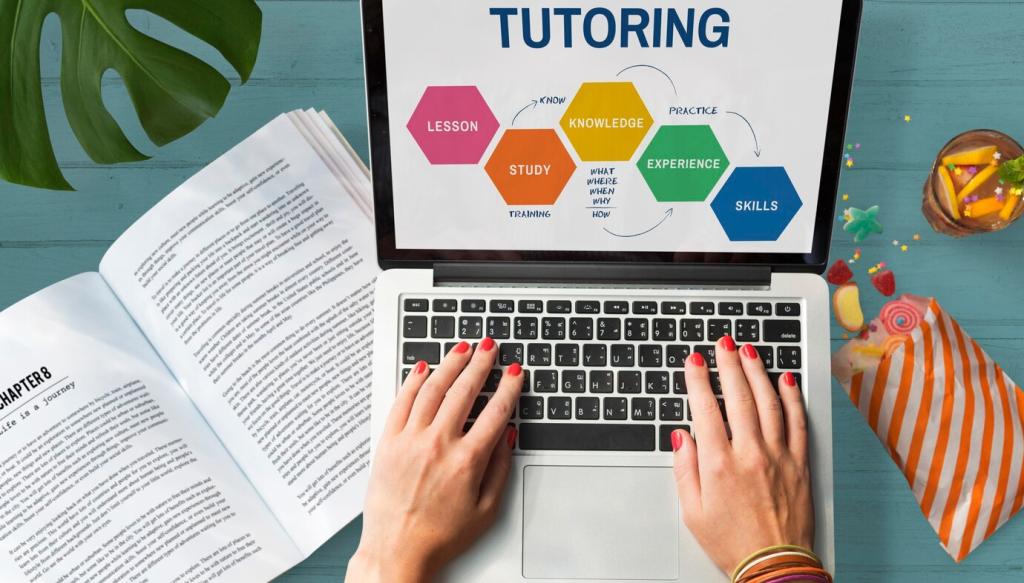Inclusive Engagement for Every Learner
Pair images with keywords, add audio glossaries, and color-code sentence frames. Invite students to record short explanations in home languages. Tell us which visual or audio supports spark the biggest comprehension gains in your classroom.
Inclusive Engagement for Every Learner
Use high-contrast templates, large fonts, and captioned videos. Reduce clutter by revealing content in steps. Keep a consistent layout across lessons. Comment with one accessibility tweak that made a surprising difference for your learners.
Inclusive Engagement for Every Learner
Let students physically sort ideas, build models, or highlight patterns on the board. Short, purposeful movement boosts focus and memory. What quick, movement-rich activities work best for your grade level? Share for others to adapt and adopt.










